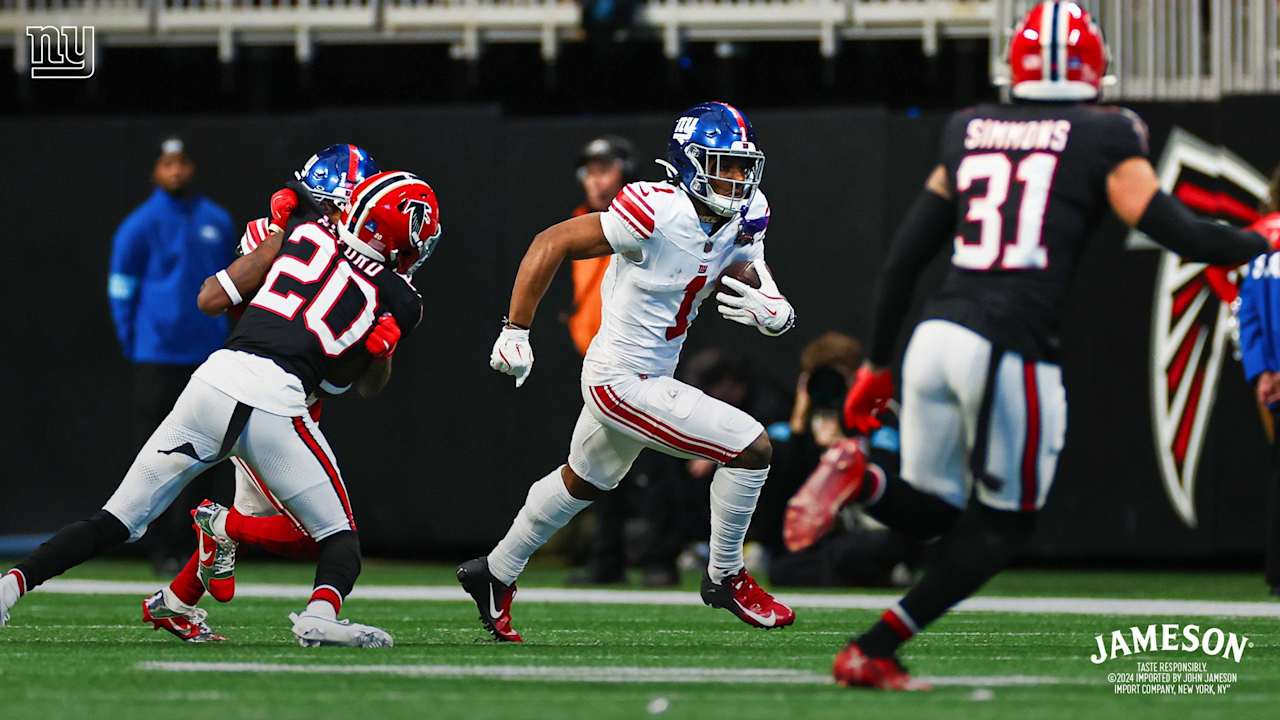Bussiness
Ninth Circuit Issues Long-Awaited Montera Decision Applying New York General Business Law §§ 349 and 350, Confirming “Per Violation” Damages but Striking Prejudgment Interest | JD Supra

In the world of class action lawsuits, damages calculations and whether or not prejudgment interest accrues can become high-stakes battlegrounds. These issues are highlighted in the recent Ninth Circuit decision in Montera v. Premier Nutrition Corp. FKA Joint Juice, Inc., Nos. 22-16375, 22-16622, slip op. (9th Cir. Aug. 6, 2024). The case had been appealed by both parties from the Northern District of California in one of the few class actions to go to jury trial. (N.D. Cal. Case No. 3:16-cv-06980-RS.) The plaintiff asserted that “Joint Juice” was misleadingly labeled under New York’s General Business Law (“GBL”) §§ 349 and 350 because the product did not work to improve joint function or to remediate joint pain. The jury awarded the class of consumers full refund damages totaling $1,488,078.49 based on 166,249 units of product sold. The plaintiff then sought statutory damages in the amount of $91 million. This figure was derived by adding the $50 statutory penalty for GBL § 349 violations with the $500 statutory penalty for GBL § 350 violations, multiplied by the 166,249 units sold. The plaintiff also sought prejudgment interest totaling $4,583,004.90 – again far dwarfing the amount of actual damages. The District Court ultimately reduced the award of statutory damages on due process grounds to $50 per violation for a total of $8,312,450 plus prejudgment interest, and an appeal to the Ninth Circuit followed.
The appeal raised a number of critical issues:
First, should GBL damages be awarded on a per-person, or on a per-unit, basis? The Ninth Circuit decided they should be awarded on a per-unit basis. The Court acknowledged that New York courts have provided little guidance on this question, and federal courts have been inconsistent. Thus the Ninth Circuit considered legislative intent and inferred that the statutory penalty applied on per-unit basis was supported by the legislative intent to deter deceptive practices and encourage private enforcement of the statutes. (Notably, the Ninth Circuit rejected Defendant’s request that it certify this and other questions of New York law to the New York Court of Appeals).
Second, did the award of $8,312,450 in statutory damages violate Premier’s substantive due process rights? Notably, the District Court had already refused to award the $91 million in statutory penalties sought by plaintiff on the grounds that that staggering figure violated Premier’s due process rights. As to whether the reduced $8,312,450 still violated these rights, the Ninth Circuit remanded to the District Court with instructions that the court apply the due process factors identified in its precedent, Six (6) Mexican Workers v. Ariz. Citrus Growers, 904 F.2d 1301, 1309 (9th Cir. 1990). Thus the extent of statutory damages in the Montera case is not yet settled.
Third, is this an appropriate case for prejudgment interest? Here, the Ninth Circuit said “no.” The Court noted that New York courts have cautioned that “the sole function of [§ 5001] interest is to make whole the party aggrieved. It is not to provide a windfall for either party.” Kaiser v. Fishman, 590 N.Y.S.2d 230, 234 (App. Div. 1992) The Ninth Circuit considered that the jury had awarded full refund damages and statutory damages which far exceeded the actual damages. Thus a further award of prejudgment interest would constitute an improper windfall.
Conclusion
The Ninth Circuit’s decision in Montera is a concerning outcome for companies trying to manage potential class action risk. Many consumer packaged goods companies routinely receive demand letters on facially implausible claims that product labeling is deceptive or misleading, and the threat of GBL damages makes it difficult to resolve them. However, given that the Ninth Circuit and Second Circuit (of which New York is a part) are not always in lock-step in the consumer class action context, it is not at all assured that federal courts in the Second Circuit will adhere to the Montera outcome. In the meantime, companies should exercise caution in making product efficacy claims based on industry research when other studies exist that may undermine such claims. As courts continue to navigate these complexities, the evolving jurisprudence will undoubtedly contribute to shaping the landscape of class action litigation and the enforcement of consumer protection statutes.










